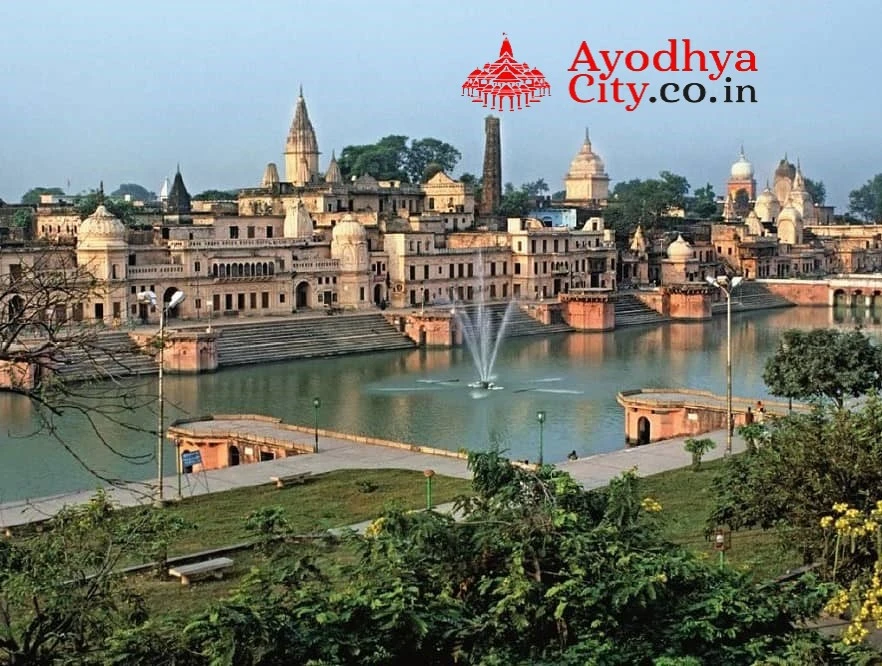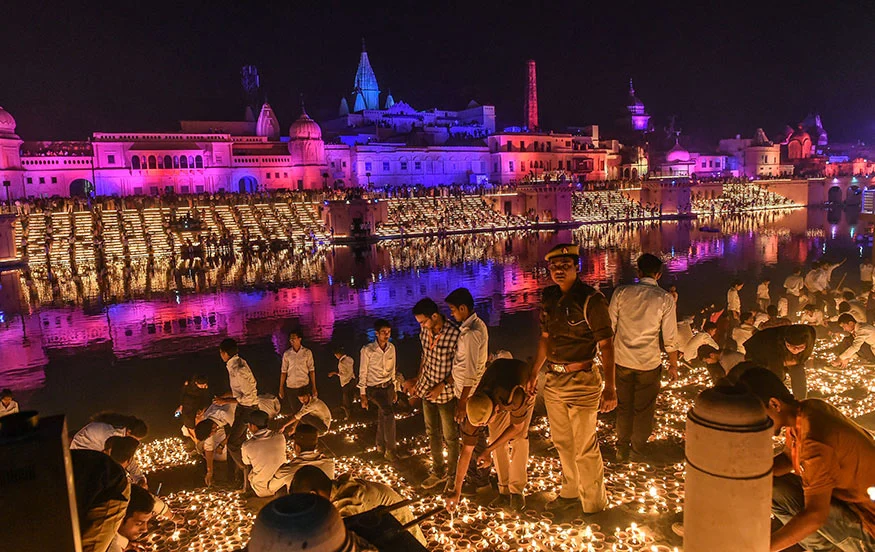Table of Contents
- Introduction to Ayodhya’s Culture
- Festivals and Celebrations
- Culinary Journey through Ayodhya
- Traditional Arts and Crafts
- Religious Practices and Pilgrimage
- Folk Music and Dance
- Tips for Cultural Etiquette
- Frequently Asked Questions (FAQ)
1. Introduction to Ayodhya’s Culture
Ayodhya, a city with a deep historical and spiritual legacy, offers a rich tapestry of cultural experiences. From vibrant festivals to unique culinary delights, Ayodhya’s cultural milieu is a blend of traditions that have evolved over centuries.
- Ayodhya’s culture is characterized by a rich blend of history and spirituality.
- The city offers diverse cultural experiences, from festivals to culinary traditions.
2. Festivals and Celebrations
Ayodhya is renowned for its grand festivals, most notably ‘Diwali’, the Festival of Lights, which commemorates Lord Ram’s return. ‘Ram Navami’, the birth anniversary of Lord Ram, is another significant celebration, marked by elaborate rituals and processions.
- ‘Diwali’ and ‘Ram Navami’ are the most celebrated festivals in Ayodhya.
- These festivals are marked by elaborate rituals, processions, and community participation.
3. Culinary Journey through Ayodhya
The cuisine of Ayodhya is a delightful experience, offering a variety of traditional dishes. Local specialties include ‘Makhan Misri’ and ‘Kachori Sabzi’. Ayodhya’s street food, like chaats and sweets, provides a taste of the local flavors and culinary practices.
- Ayodhya’s cuisine includes traditional dishes like ‘Makhan Misri’ and ‘Kachori Sabzi’.
- Street food offers an authentic taste of Ayodhya’s culinary diversity.
4. Traditional Arts and Crafts
Ayodhya is also home to traditional arts and crafts. The city’s artisans are known for their skill in crafting religious idols, intricate jewelry, and vibrant textiles, reflecting Ayodhya’s artistic heritage.
- Artisans in Ayodhya specialize in religious idols, jewelry, and textiles.
- These crafts reflect the city’s rich artistic heritage.
5. Religious Practices and Pilgrimage
Religious practices in Ayodhya are deeply ingrained in daily life. Pilgrimages to various temples, including the Ram Janmabhoomi temple, form a significant aspect of these practices, offering insights into the spiritual traditions of the city.
- Pilgrimages to temples like Ram Janmabhoomi are a key aspect of Ayodhya’s religious practices.
- These practices offer a glimpse into the city’s spiritual traditions.
6. Folk Music and Dance
Folk music and dance in Ayodhya are integral to its cultural identity. These art forms, often based on tales from the Ramayana, are performed during festivals and special occasions, showcasing the city’s rich cultural heritage.
- Folk music and dance in Ayodhya are often based on Ramayana.
- They are integral to the city’s cultural celebrations and heritage.
7. Tips for Cultural Etiquette
When immersing in Ayodhya’s culture, it’s important to respect local customs. Dress modestly, especially when visiting religious sites, and be open to engaging with the local traditions and practices.
- Dress modestly, especially at religious sites.
- Engage respectfully with local traditions and practices.
8. Frequently Asked Questions (FAQ)
- What is the best time to experience Ayodhya’s festivals?
- Diwali and Ram Navami periods are ideal for experiencing Ayodhya’s vibrant festivals.
- Are there vegetarian food options available?
- Ayodhya offers a wide range of vegetarian delicacies, reflecting its predominantly vegetarian culinary culture.
- Can tourists participate in local festivals?
- Yes, tourists are welcome to participate in local festivals, but it’s important to respect the customs and traditions.
- What are the must-visit temples for a cultural experience?
- The Ram Janmabhoomi temple, Hanuman Garhi, and Kanak Bhawan are highly recommended for a complete cultural experience.
- Is it easy to find accommodations during festival seasons?
- It’s advisable to book accommodations in advance due to the high influx of pilgrims during festivals.
- Are language barriers a problem for international tourists?
- English is commonly understood in tourist areas, and guides are available for better communication.
- What are some popular items to buy as souvenirs?
- Religious idols, traditional jewelry, and handcrafted textiles are popular souvenir choices.
- Is photography allowed in temples and at cultural events?
- Photography rules vary; it’s recommended to ask for permission, especially in religious sites.
Immersing in Ayodhya’s cultural landscape offers an enriching experience that goes beyond mere sightseeing. It’s an opportunity to connect with the traditions, beliefs, and lifestyle of a city that has been a pivotal part of India’s spiritual and cultural history. For more information, travel tips, and booking details, visit our dedicated Ayodhya cultural experience section on our website.


